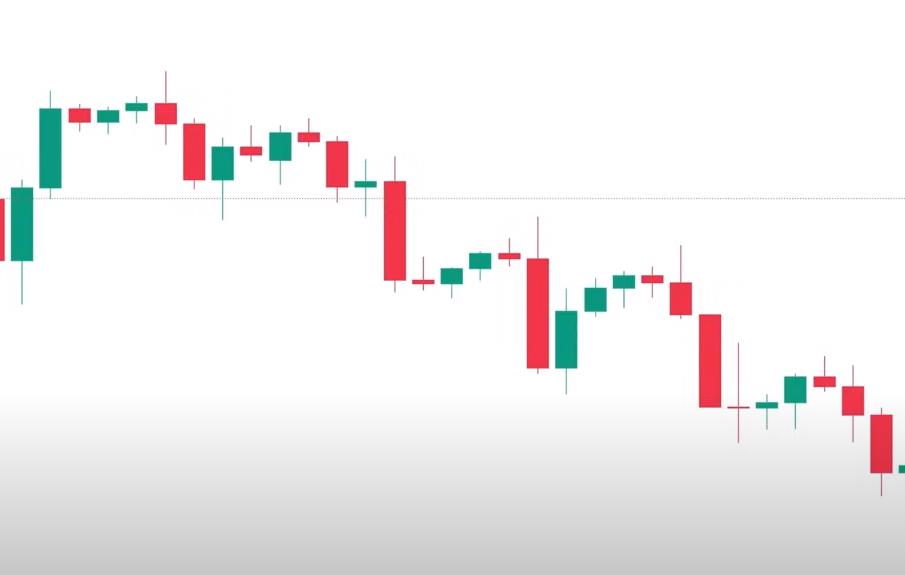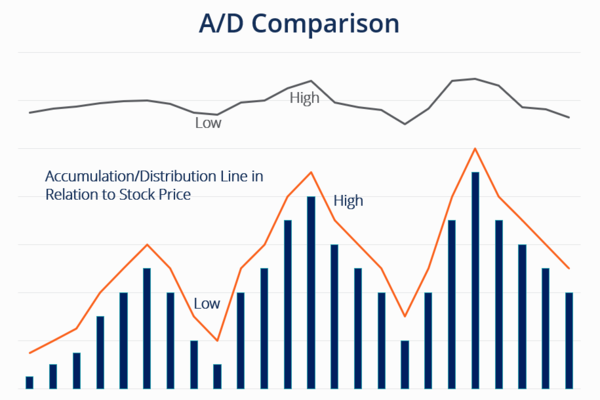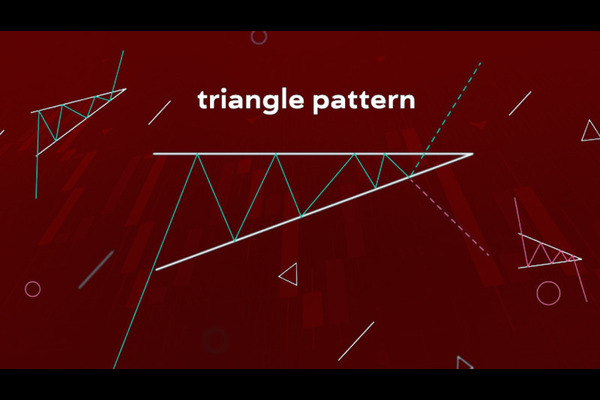The K-line candle chart has always been a powerful tool for traders to study
price trends, but the mystery behind it is not fully understood by everyone. In
this article, we will share the secrets of the three declassified K-line candle
charts, which will help traders better analyze price trends and accurately
determine entry points, helping them become more proficient in trading.

Trend
Trend is a relatively basic concept in trading, usually referring to the
strong rise or fall of prices in a certain direction when the volume of candles
formed is usually larger than usual. Taking the chart as an example, when there
is an upward trend in prices, a series of big candles will be seen, which is a
typical manifestation of the trend. At this time, the buyer's momentum in the
market is very strong, and it is likely to continue in the same direction.
Callback trend
A callback trend is the opposite of a trend, usually referring to a small
positive candle in the price, and it is in the opposite direction of the trend.
Taking the chart as an example, when the price is in a downward trend, a
correction trend is the appearance of a small positive candle during the price
decline, which means that the price has rebounded for a period of time. The
volume of candles in a downward trend is usually smaller than that in a downward
trend, indicating that the downward trend is still healthy, while a rebound is
only a temporary phenomenon.
Trend Architecture of Prices
The final point to share the secrets of the three declassified K-line candle
charts is the trend architecture of prices, which is a relatively advanced
concept that can be used to determine the timing of price reversals through
trend trends and pullbacks. A key signal in trading is that when the price drops
with a bright candle, it may indicate a reversal of market trends. For example,
when prices are on an upward trend, if a large negative candle appears during a
pullback, it means that the seller's pressure may be increasing and the price
may fall or consolidate sideways. When seeing a price pullback with a large
negative candle, it is important to carefully consider entering the market and
going long, as the chances of winning and quality in this type of transaction
are low, and caution is needed.
Another method is to combine key price points to determine the timing of
price reversals. Key price points can be technical analysis tools such as
support levels, resistance levels, and trend lines. It is important to observe
price behavior when the price reaches a critical level. If the price reaches a
critical price point with a small candle, indicating a gradual weakening of
activity, then it may be a signal that the trend is about to end. If the price
subsequently rebounds with a bright candle, this may indicate the possibility of
a price reversal.
Pay attention to the trend structure of prices, which can be divided into an
upward trend structure and a downward trend structure. The upward trend
architecture includes top high and bottom high, while the downward trend
architecture includes top low and bottom low. When the trend structure of prices
is broken, it may indicate a price reversal. For example, if you see a downward
trend pattern of low bottoms in prices during an upward trend, it may indicate
that the upward trend is about to end.
The above is the relevant content of sharing the secrets of the three
decryption K-line candle charts, and combining these three secrets, a rule can
be developed to determine price reversal. Firstly, the trend must take action
with a small candle; Secondly, the downward trend must be corrected with a big
negative candle; Finally, observe whether the trend architecture has been
broken. When all three conditions are met, traders can consider entering the
market for trading.
Also, remember to combine key price points to increase transaction
reliability. When the price reaches a critical level, observing whether the
above conditions are valid can better confirm the possibility of a price
reversal.
Through these secrets and rules, traders can better understand the K-line
candle chart and improve the accuracy and success rate of trading.
Disclaimer: This material is for general information purposes only and is not intended as (and should not be considered to be) financial, investment or other advice on which reliance should be placed. No opinion given in the material constitutes a recommendation by EBC or the author that any particular investment, security, transaction or investment strategy is suitable for any specific person.







